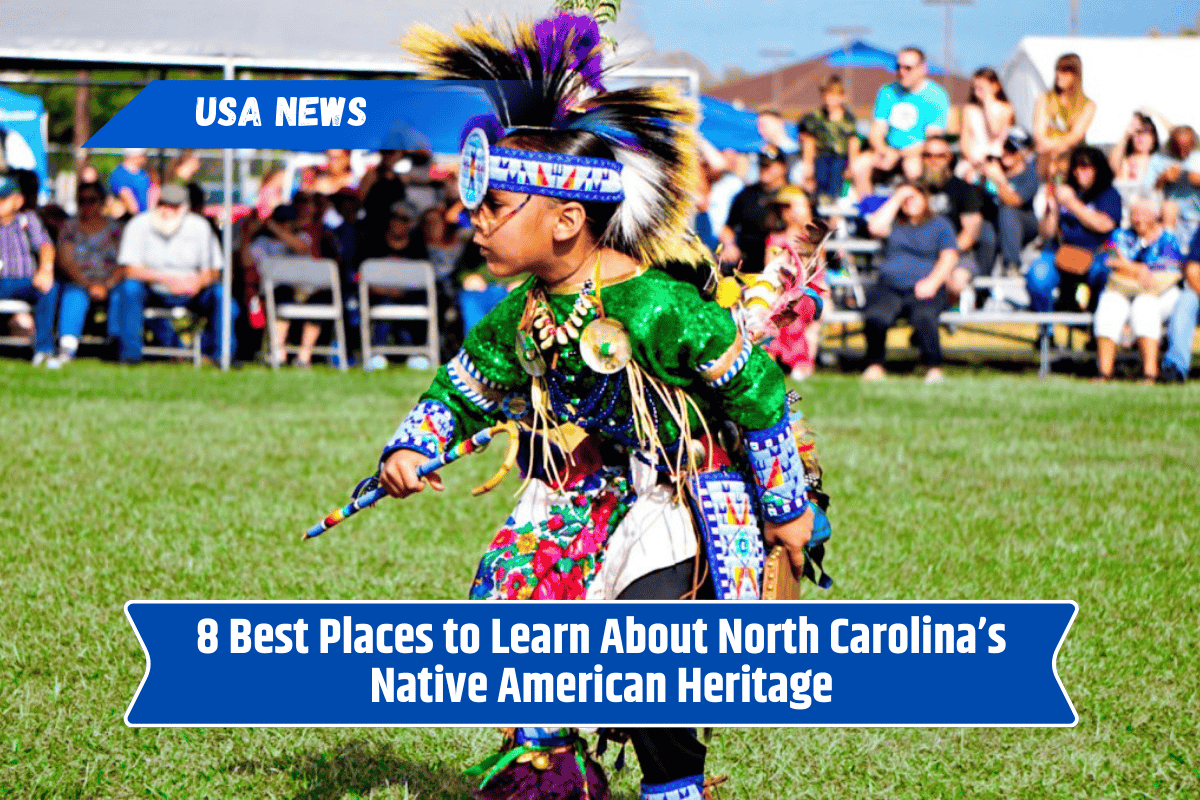North Carolina has a rich and proud Native American history that stretches back thousands of years. From ancient settlements and sacred sites to vibrant cultural centers and museums, the state offers many opportunities to learn about the traditions, struggles, and achievements of its Native communities.
Whether you’re a history lover, student, or curious traveler, these places will give you a deeper understanding of North Carolina’s Indigenous roots.
1. Museum of the Cherokee Indian – Cherokee
Located in the heart of the Qualla Boundary in western North Carolina, the Museum of the Cherokee Indian is one of the best places to explore the story of the Cherokee people.
Through interactive exhibits, audio-visual displays, and historical artifacts, the museum takes you through over 13,000 years of Cherokee history—from the Ice Age to modern times.
2. Oconaluftee Indian Village – Cherokee
Step back in time with a visit to this living history village. The Oconaluftee Indian Village gives a hands-on experience of 18th-century Cherokee life.
Visitors can watch artisans make pottery, weave baskets, and carve wood, just like their ancestors did. It’s a great place to see Cherokee culture in action and talk directly with tribe members.
3. Town Creek Indian Mound – Mt. Gilead
This state historic site preserves one of the few remaining ceremonial mound sites in North Carolina. Built by the Pee Dee culture over 1,000 years ago, Town Creek Indian Mound offers guided tours, a small museum, and walking paths around the reconstructed village area.
It’s a peaceful spot for reflection and learning about early Native societies.
4. Lumbee Tribe Cultural Center – Maxton
The Lumbee Tribe of North Carolina is the largest Native American tribe east of the Mississippi. Their Cultural Center in Maxton hosts events, festivals, and workshops celebrating Lumbee traditions, music, and art. It’s a wonderful place to experience a vibrant, living culture that continues to thrive today.
5. UNC American Indian Center – Chapel Hill
Located on the campus of the University of North Carolina, the American Indian Center supports education, research, and outreach about Native American communities. They hold lectures, cultural events, and student programs focused on modern Native identity, leadership, and activism. It’s more academic, but still very engaging.
6. Guilford Native American Art Gallery – Greensboro
This small but unique gallery inside the Greensboro Cultural Center showcases Native American artists from North Carolina and beyond. The exhibits often feature a mix of traditional and modern work—pottery, jewelry, beadwork, and painting. It’s a great place to see how Native identity is expressed through art.
7. North Carolina Museum of History – Raleigh
The North Carolina Museum of History features a permanent exhibit on the state’s Native American history, including the Trail of Tears and present-day tribal communities.
The museum offers rich educational content through objects, videos, and firsthand stories, making it a good starting point for anyone interested in state history.
8. Coharie Tribal Center – Clinton
Home to the Coharie Tribe, this cultural center supports tribal activities, events, and programs for the community. It also welcomes visitors during festivals and public gatherings. If you plan your visit during the Coharie Indian Cultural Pow Wow, you’ll get a chance to enjoy traditional dancing, drumming, and storytelling.
North Carolina is home to eight state-recognized Native American tribes, each with its own unique story, traditions, and contributions. These museums, villages, and cultural centers not only preserve Native heritage—they celebrate it.
By visiting these places, you’re not just learning history—you’re honoring living communities that continue to shape North Carolina today. It’s a journey that opens your eyes to the deep and diverse roots of this land.
